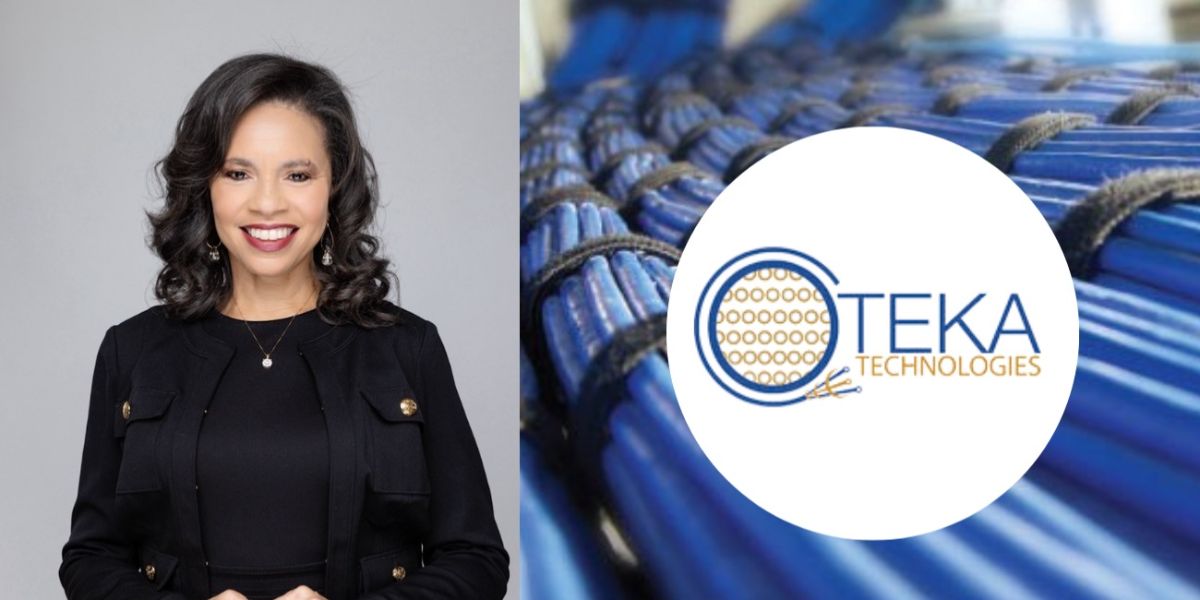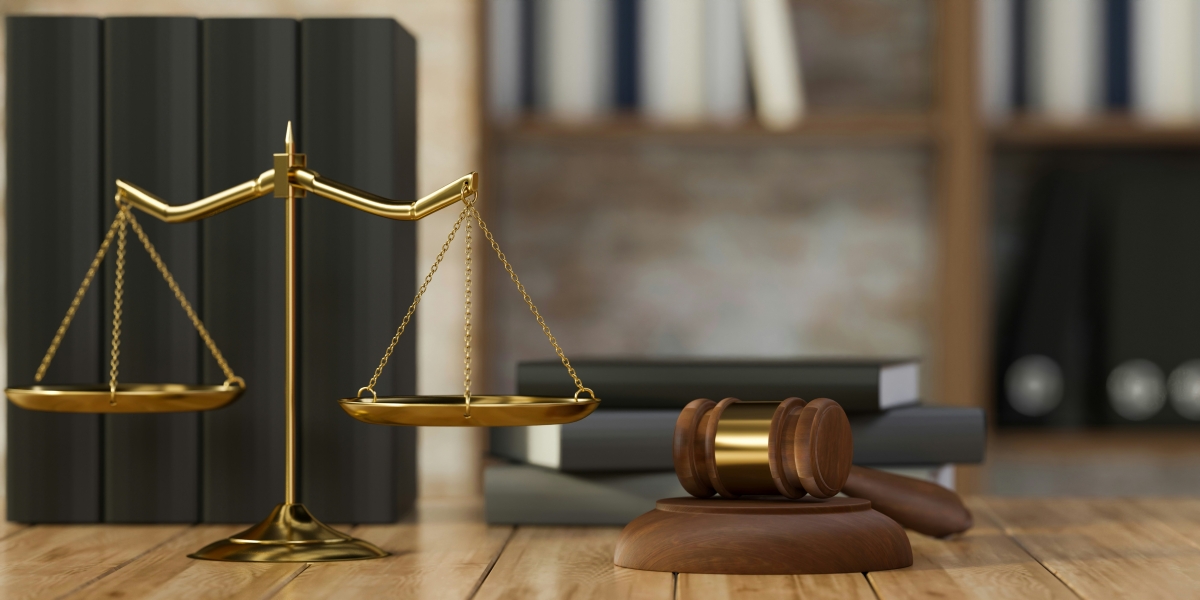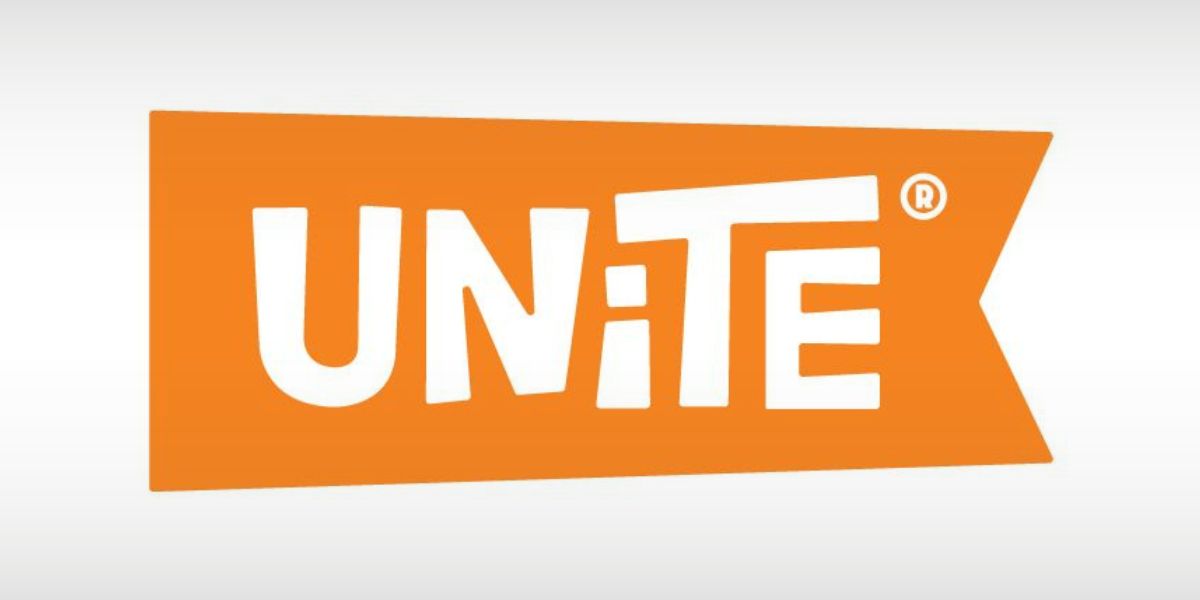The Fragility of Reputation in a Hyperconnected World
In the digital age, reputation is no longer a private matter—it’s a public performance. Every tweet, post, or comment contributes to a narrative that others can shape, distort, or weaponize. One moment of vulnerability, one misunderstood statement, or one targeted smear campaign can unravel years of credibility. This phenomenon, known as character demolition, is more than just online drama—it’s a calculated dismantling of someone’s public identity.
Unlike constructive criticism, which aims to improve or clarify, character demolition seeks to invalidate. It’s a form of reputational warfare that targets a person’s morals, competence, affiliations, or behavior, reframing them in a way that invites judgment, ridicule, or exclusion. And in a world where perception often outweighs truth, the consequences can be swift and severe.
Anatomy of a Reputation Attack
Reputation attacks often follow a predictable pattern. First, there’s an instigator—someone with a motive, whether personal, professional, or ideological. This person may be a competitor, a disgruntled follower, or even a coordinated group with shared interests. Their goal is to provoke public outrage or sow doubt about the target’s integrity.
The target is usually someone with visibility or influence. Public figures, entrepreneurs, thought leaders, and even everyday individuals with a growing online presence are vulnerable. The attack may begin subtly, with insinuations or vague accusations, but it quickly escalates once it gains traction.
Next comes amplification. Social media platforms, designed to reward engagement, become the battleground. Algorithms prioritize sensationalism over nuance, pushing emotionally charged content to the top of feeds. Traditional media may pick up the story, further legitimizing the narrative. Screenshots, out-of-context quotes, and viral hashtags become digital ammunition.
The audience plays a critical role. Emotional reactions—anger, disappointment, betrayal—fuel the spread. People share without verifying, comment without context, and judge without understanding. The cultural climate surrounding the incident can intensify its impact. In moments of heightened sensitivity—around race, gender, politics, or ethics—even minor missteps can be magnified into major scandals.
Why Character Demolition Thrives Online
The digital landscape is uniquely suited to reputation attacks. Social media allows anyone to publish instantly, often without accountability. Anonymity enables trolls, bots, and fake accounts to launch smear campaigns without consequence. Even when false claims are retracted, the damage lingers—archived in screenshots, cached pages, and collective memory.
Outrage is addictive. Platforms are designed to keep users engaged, and nothing engages like controversy. The more divisive the content, the more it spreads. This creates a feedback loop where reputational harm becomes entertainment, and empathy is replaced by performative judgment.
Moreover, the pace of digital discourse leaves little room for reflection. People are expected to respond immediately, often under pressure, and any delay is interpreted as guilt or evasion. This urgency benefits attackers, who can control the narrative before the target has a chance to respond.
The Emotional Toll of Public Shaming
Character demolition isn’t just a professional threat—it’s a deeply personal trauma. Being publicly shamed, misrepresented, or vilified can lead to anxiety, depression, and isolation. The feeling of being misunderstood or unfairly judged can erode self-esteem and trust in others.
For creators, entrepreneurs, and public figures, the stakes are even higher. Their reputation is their currency. A damaged brand can lead to lost partnerships, diminished influence, and financial setbacks. Even if they recover professionally, the emotional scars often remain.
What makes this experience especially painful is the loss of control. When your story is told by others—twisted, mocked, or weaponized—it’s easy to feel powerless. And in a culture that often values spectacle over substance, redemption can be elusive.
Strategies for Defense and Recovery
Defending against character demolition requires more than denial—it demands strategic reputation management. The first step is rapid response. Address misinformation clearly and calmly before it spreads. Silence may be interpreted as guilt, so timely communication is key.
Monitoring your digital presence is essential. Set alerts for mentions, impersonations, or suspicious activity. This allows you to act quickly and prevent escalation. Transparency and empathy are powerful tools. When individuals respond with honesty and vulnerability, they often regain trust more effectively than through polished PR statements.

In severe cases, legal action may be necessary. Defamation laws exist to protect individuals from false and damaging claims. Consulting with legal experts can help determine whether a case warrants formal proceedings.
But perhaps the most effective defense is narrative control. Tell your story before others do. Share your values, your journey, and your intentions consistently. Build a community that knows you beyond headlines and hashtags. When people understand your character, they’re less likely to believe distortions.
Reclaiming Reputation in the Long Term
Recovery from character demolition isn’t just about damage control—it’s about rebuilding trust. This takes time, consistency, and emotional resilience. Show up with integrity, even when it’s difficult. Let your actions speak louder than accusations.
It’s also important to reframe the experience. Many who’ve faced reputation attacks emerge stronger, more self-aware, and more intentional about their public presence. They learn to set boundaries, communicate more clearly, and cultivate supportive networks.
In a world where reputation is shaped by perception, the ability to navigate adversity becomes a form of leadership. How you respond under pressure, how you communicate in crisis, and how you rebuild after loss—all of these define your character more than any single incident.
Reputation as a Living Narrative
Character demolition is a harsh reality of the digital age, but it’s not the end of the story. Reputation is a living narrative—one that evolves with every choice, every conversation, and every act of courage. While others may try to rewrite your story, you still hold the pen.
In this era of viral outrage and instant judgment, protecting your reputation means being proactive, authentic, and resilient. It means understanding the mechanics of public perception and learning how to shape it with intention. And most importantly, it means never letting others define your worth.








